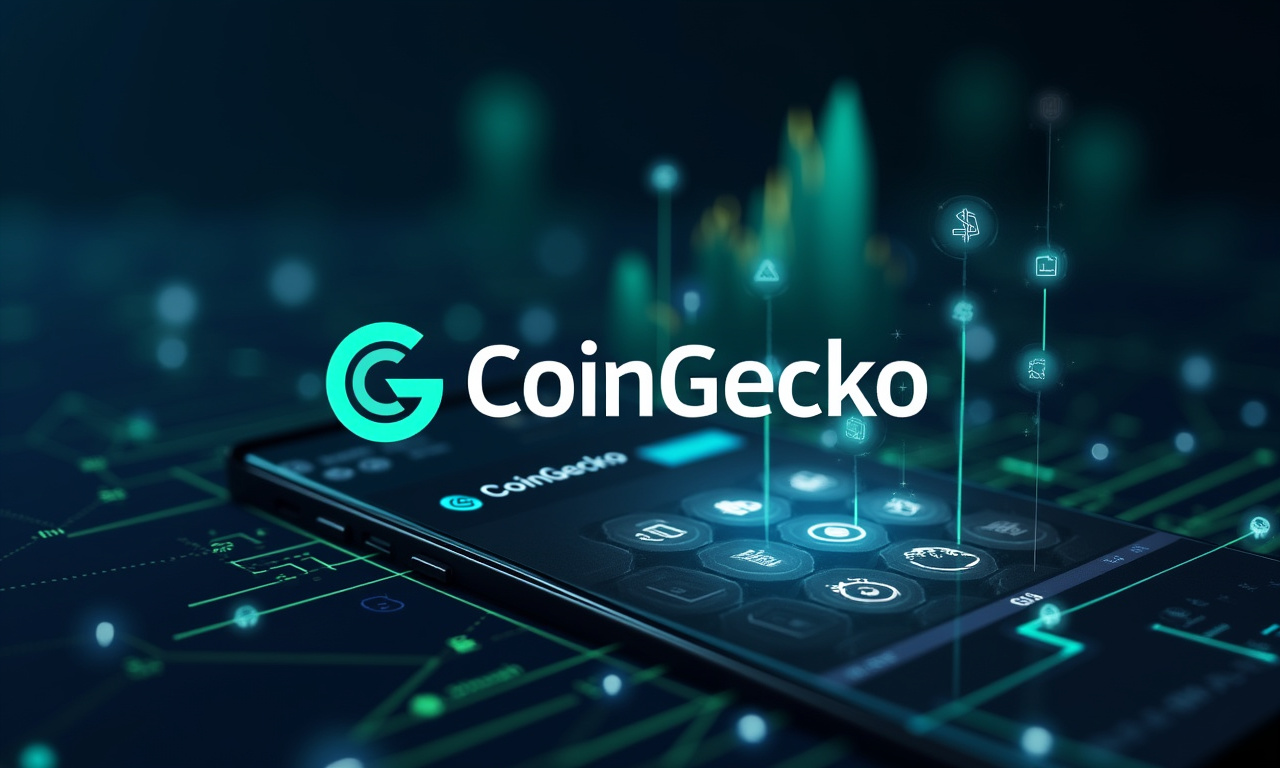The convergence between the fitness and blockchain technology sectors is creating new platforms that allow users to turn real-world physical accomplishments into provable tokens on the blockchain. These platforms are leveraging wearable sensors, real-time body tracking, and NFT marketplaces to allow users to claim ownership of their fitness milestones and earn revenue from their digital content. Where yoga and NFTs converge to create a new concept of fitness. This new, exciting combination has the potential to radically change how individuals track, share, and monetize their active lifestyle.
Take Yoganotch, for instance, which uses wearable sensors to track and improve yoga pose posture. Free tools like MoveNet and BlazePose can provide a near real-time analysis of body movement. P2E infrastructure Marketplaces such as Zora, Manifold and Foundation are giving creators the tools they need to be empowered. These platforms facilitate the minting, displaying, and trading of NFTs. These ingredients mixed together to form a perfect storm for this new ecosystem, where physical activity is easily tied back to its integration into digital ownership and value.
Technological Foundation
The technology powering this revolution rests on a few main pillars. Wearable sensors including accelerometers and gyroscopes are important tools used to objectively and accurately capture and assess physical movement. These sensors, like those used by Yoganotch, can detect even the most minute variations in your pose. They provide instant feedback so you can know what you’re doing and stay on the right track.
Technologies like MoveNet and BlazePose use state-of-the-art machine learning algorithms to identify countless body parts in real-time with high accuracy. In addition to fun visualization, this tracking capability creates incredibly rich movement data. From there we can distill this data into traceable metrics for minting NFTs. On top of that, these tools are incredibly precise. They make sure that the digital stand-in for your real-world movement truly reflects your effort and accomplishments.
Platforms like Zora, Manifold, Foundation, and others provide the tools for easy creation and distribution of fitness-related NFTs. These new marketplaces give creators more tools to control their NFTs. Through smart contracts, they have more control over how their digital assets are minted, displayed, and traded, allowing for more independence. The link between these technologies sets you up with essentially a seamless path from being active to owning something in the digital realm.
Tokenizing Movement
The idea of tokenizing movement isn’t the most original concept. STEPN, for example, has proven the concept of paying users in crypto tokens for walking and jogging. This NYC-based model illustrates that people are motivated to engage in more daily physical activity when provided with enjoyable, easy-to-earn digital rewards. Beyond that, it creates opportunities for more targeted applications such as yoga and other fitness modalities.
The draw to be able to claim ownership of a yoga pose or fitness level is very appealing to lots of users. By minting an NFT that represents a specific accomplishment, such as holding a crow pose for a set duration, individuals can assert their unique contribution and skill.
This crow pose, held for 60 seconds, verified on X date, belongs to me. - source
Digital ownership is particularly appealing in solo fitness pursuits. Rarely, if ever, are these moments accompanied with genuine praise for all your tremendous effort. She also told us that NFTs offer a concrete way to affirm and commemorate individual successes.
Future Trends
We will likely begin to see more of these hybrid models in the fitness and NFT space in the coming years. We can expect these models to include gamification, social engagement, and decentralized finance (DeFi). This combination brings the potential to produce some pretty exciting and rewarding experiences for the user. Incorporating virtual reality (VR) and augmented reality (AR) technologies would supercharge these platforms. This development would establish immersive experience centers for fitness experiences and NFT development.
Additionally, the re-sale of on-demand digital fitness tutorials is a great new opportunity for an additional source of revenue. When a creator mints their tutorials as NFTs, they activate perpetual income. Every time someone purchases the tutorial, or buys it second hand from someone else, the creator receives a percentage. This new model encourages the production of high-quality content and further rewards creators for their continued engagement with the fitness community.
This move that combines yoga and NFTs is a big leap toward the gamification and monetization of the fitness industry. By leveraging wearable sensors, real-time body tracking, and NFT marketplaces, these platforms are empowering individuals to track, share, and monetize their physical achievements in unprecedented ways.




